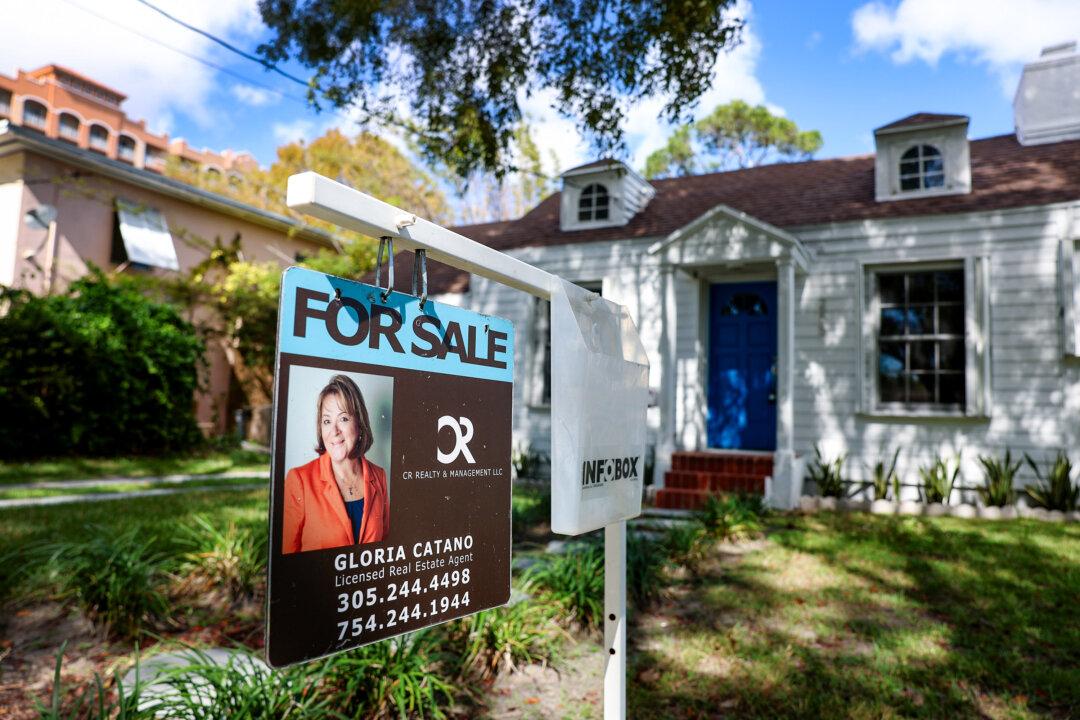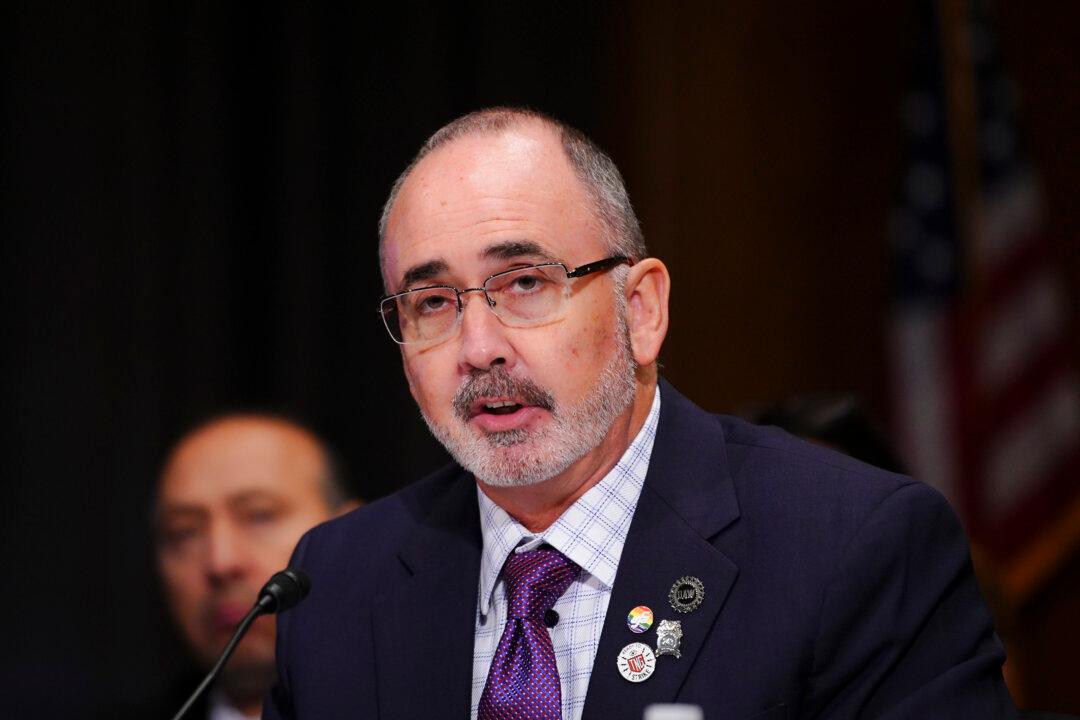Home price gains moderated in September, with the growth rate especially slowing down in the South, according to a recent report from S&P Global.
“Home price growth stalled in the third quarter, after a steady start to 2024,” said Brian D. Luke, S&P’s head of commodities, real, and digital assets. “We continue to see above-trend price growth in the Northeast and Midwest, growing 5.7 percent and 5.4 percent, respectively, led by New York, Cleveland, and Chicago.
“The Big Apple has taken the top spot for five consecutive months, pushing the region ahead of all others since August 2023. The South region reported its slowest growth in over a year, rising 2.8 percent, barely above current inflation levels.”
So far, a lack of supply has been providing upside support for home prices. However, the price gains could slow in the fourth quarter and into 2025 as more inventories enter the market, the economist noted. Existing home inventories have now risen for 11 months straight.
The index has traditionally “shown an increase in home price growth between August and September,” Sturtevant said. “This year, the September data could be indicative of a slowdown in home price appreciation in the months ahead.”
Housing Market Situation
In October, home prices registered their 12th consecutive monthly gain, real estate brokerage Redfin said in a recent report. While high mortgage rates are restricting home price growth, the shortage of properties for sale keeps buoying prices, the company noted.“Many people—especially first-time buyers—were waiting until after the election to make a decision about buying a home,” said Redfin Senior Economist Sheharyar Bokhari.
“Now the election is over, we have started to see signs that homebuyer demand is coming back. That could lead to increased competition in coming months, possibly pushing prices higher unless we see a major spike in the number of homes being listed.”
Sam Khater, chief economist at Freddie Mac, pointed out that rates have largely remained flat in recent weeks, a trend he attributes to markets awaiting more clarity on economic policies.
Danushka Nanayakkara-Skillington, NAHB’s assistant vice president for forecasting and analysis, said that elevated rates and high home prices continue to exacerbate the challenges facing prospective buyers.
“Despite these headwinds, which also include increased material costs for builders, new construction remains a vital part of the market, especially in areas with low existing home inventory,” she said.







